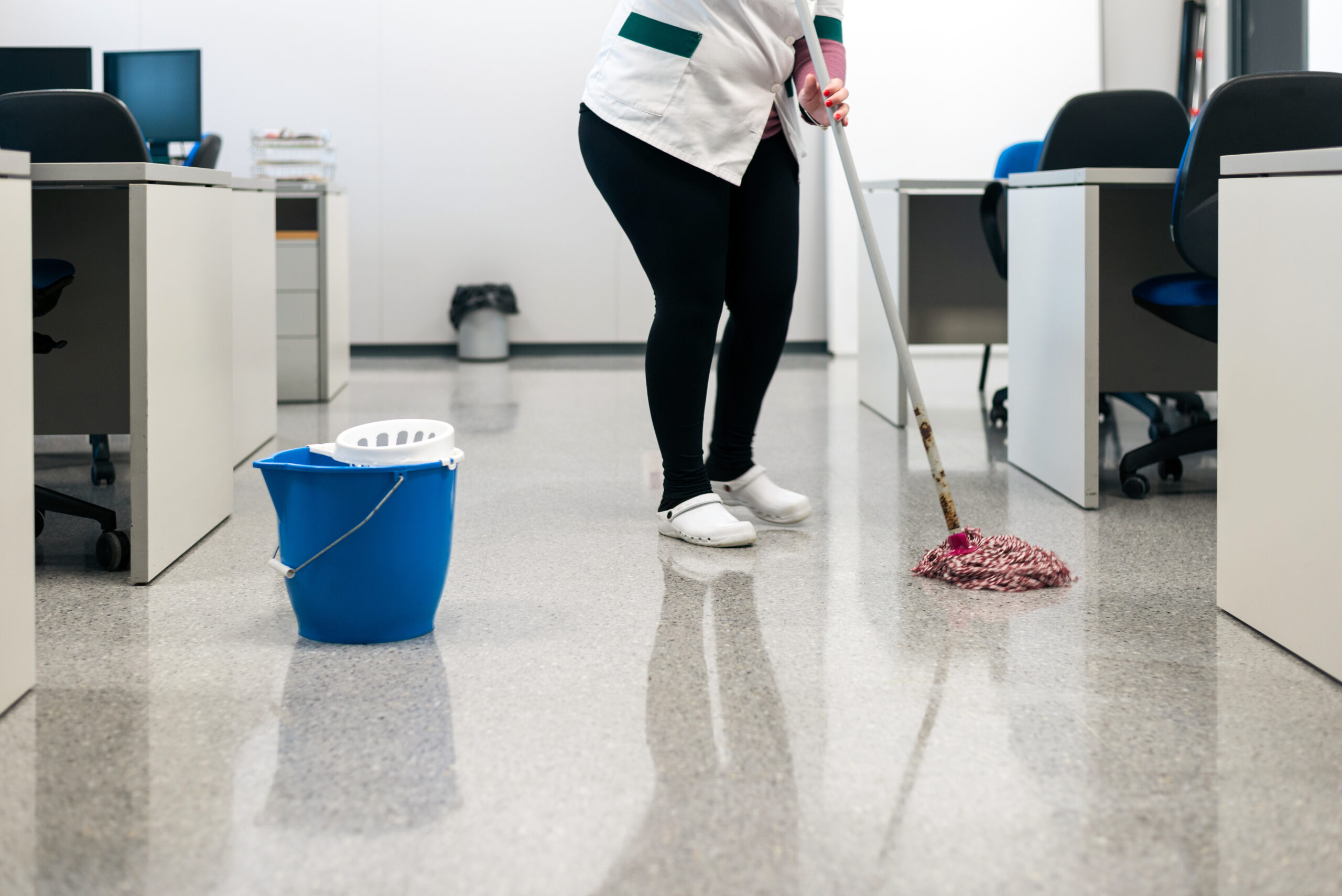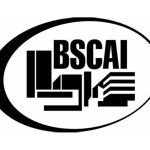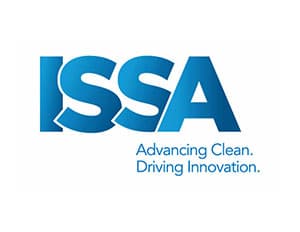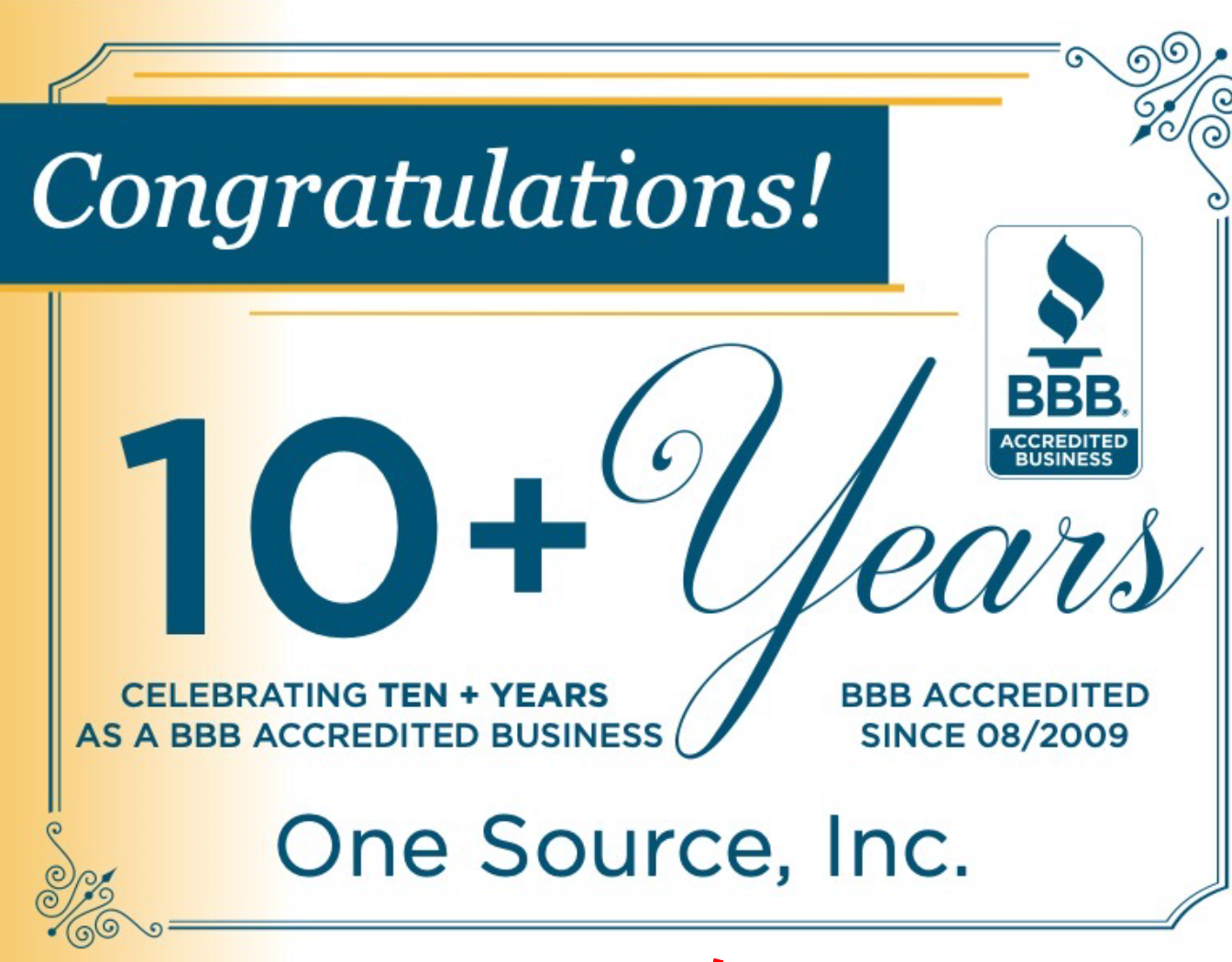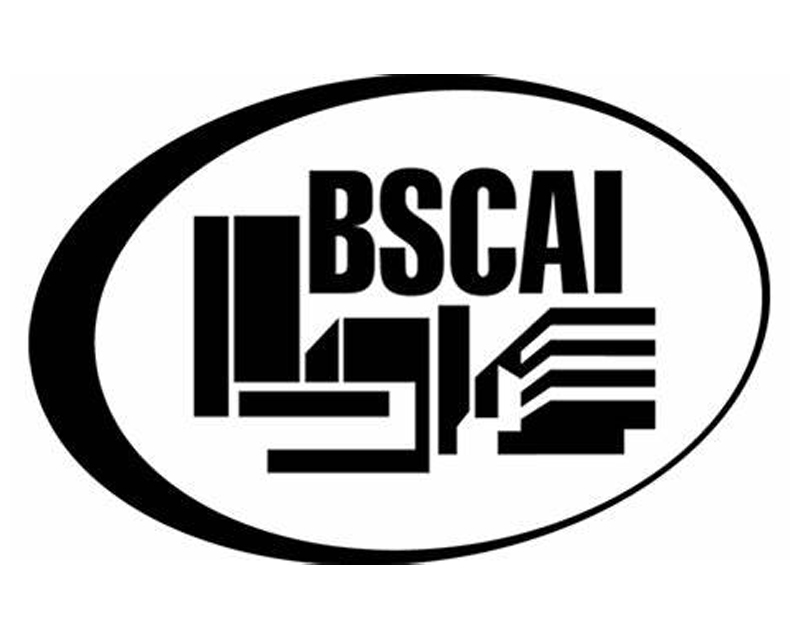Maintaining a clean and hygienic classroom environment is essential for the health and wellbeing of students and teachers. One crucial aspect of classroom cleanliness is mopping the floors. But how often should classrooms be mopped? Keep reading as the pros from One Source, the experts in all types of commercial cleaning San Diego businesses and organizations rely on to coordinate cleaning services that meet all their needs, explore the factors influencing the frequency of classroom mopping, the benefits of a clean classroom, and practical tips to strike the right balance between cleanliness and convenience.
Why Mopping Matters
Classrooms are high-traffic areas that can accumulate dirt, dust, allergens, bacteria, and viruses from shoes, clothing, furniture, and other sources. These contaminants can affect air quality, cause odors, trigger allergies and asthma, and spread infections. Mopping the floors can remove these pollutants and reduce the risk of illness and absenteeism.
Mopping also preserves the appearance and durability of the flooring material, whether it’s wood, tile, vinyl or carpet. By removing stains, spills, and scuffs, mopping can prevent damage and extend the life span of the floor. Mopping also creates a more pleasant and attractive learning environment for everyone.
Factors Influencing Mopping Frequency
Several factors impact how often classrooms should be mopped:
- The type and condition of the flooring – Different types of flooring may require different levels of care and maintenance. For example, hard floors such as tile, vinyl, or laminate may need more frequent mopping than carpeted floors, which may only need occasional spot cleaning or shampooing. The condition of the flooring may also affect the frequency of mopping. For example, old or damaged floors may harbor more dirt and germs than new or well-maintained floors.
- The amount and type of traffic and use – The more people and activities in a classroom, the more dirt and debris that accumulate on the floor. For example, a classroom used by multiple groups of students throughout the day may need more frequent mopping than a classroom used by a single group of students for a few hours. The type of traffic and use may also affect the frequency of mopping. For example, a classroom used for art or science projects may need more frequent mopping than a classroom used for lectures or discussions.
- The season and weather – Weather and seasonal changes may also influence the frequency of mopping classrooms. For example, during the winter or rainy season, when people bring more mud, snow, or water into the school, classrooms may need more frequent mopping than during the summer or dry season, when people bring less dirt and moisture into the school.
- The standards and expectations of the school – Different schools may have different policies and guidelines for cleaning and sanitizing their facilities, depending on their resources, priorities, and goals. For example, some schools may follow the APPA Operational Guidelines for Educational Facilities, which recommend mopping classrooms daily for high-traffic areas and weekly for low-traffic areas. Other schools may follow their own custom-made cleaning schedules based on their needs and preferences.
Balancing cleanliness with classroom functionality is key. A weekly mopping schedule is suitable for most classrooms. However, high-traffic areas and those with frequent weather-related dirt may require more frequent mopping, while others may suffice with biweekly or even monthly mopping. Assess the specific needs of your classroom and adapt the schedule accordingly.
Practical Mopping Tips
To maintain a clean classroom, follow these practical mopping tips:
- Use the right tools and products for the job – Choose a mop that’s suitable for the floor type and size of the area. Use a bucket with a wringer to avoid dripping and spreading dirt. Use a cleaning solution that’s compatible with the floor material and safe for children. Follow the manufacturer’s instructions for diluting and applying the solution.
- Prepare the area before mopping – Remove any furniture, rugs, or mats that may obstruct the mop. Sweep or vacuum the floor to remove loose dirt and debris. Spot clean any stains or spills with a cloth or sponge.
- Mop in sections and patterns – Divide the floor into manageable sections and mop one section at a time. Start in the farthest corner of the room and work your way toward the door. Mop in straight lines or figure-eight patterns to cover the entire surface evenly. Rinse and wring the mop frequently to avoid spreading dirt.
- Dry the floor thoroughly – After mopping, allow the floor to air dry completely before replacing any furniture or rugs. Use fans or open windows to speed up the drying process. Avoid walking on the wet floor to prevent slips and falls.
In the quest to maintain a clean classroom, mopping the floors is a crucial step. The ideal mopping frequency depends on various factors, but the benefits of a clean classroom are undeniable. By assessing your classroom’s unique requirements and following practical tips, you can strike the right balance between cleanliness and convenience.
If you need a single point of contact for the coordination of exceptional school commercial maintenance services, call on the pros at One Source. We will create a customized managed plan for your school and coordinate every element involved to make sure you receive the high-quality services your students need to stay healthy and safe. We’ve been in the business of coordinating commercial janitorial services San Diego organizations and businesses have relied on for years. At One Source, we’re committed to being the last and only business cleaning services San Diego. To discover the difference we make, schedule a consultation and receive a free estimate within 24 hours. Give us a call today at (858) 260-1090.

